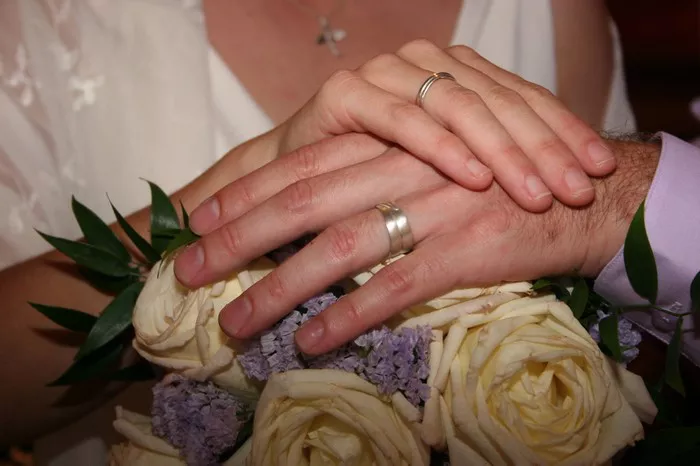Losing a wedding ring is a heart-stopping moment—one that an estimated 1 in 10 couples will face, according to a report by Allianz Insurance. Yet, despite the emotional and financial stakes, fewer than 30% of ring owners have specialized insurance coverage. The market for wedding ring insurance has expanded dramatically in recent years, with policies now covering theft, loss, damage, and even “mysterious disappearance.” But as insurers introduce new clauses and exclusions, experts urge couples to scrutinize the fine print.
Traditional homeowners’ or renters’ insurance may offer limited coverage, often capping payouts at a fraction of a ring’s value unless a separate rider is purchased. Companies like Jewelers Mutual and BriteCo specialize in standalone ring insurance, offering broader protection, including worldwide coverage and no-deductible options. However, rising incidents of “finger fraud”—staged thefts for insurance payouts—have led to stricter investigation processes. Insurers now often require original receipts, appraisals, and even photos of the ring being worn before a claim is approved.
Another emerging concern is cyber vulnerability. With the increase in online jewelry purchases, hackers are targeting digital appraisals and insurance documents. A cybersecurity report by Kaspersky revealed a 40% spike in phishing scams impersonating jewelry insurers. Experts recommend storing sensitive documents offline and using two-factor authentication for insurance accounts.
For couples investing in high-value or custom rings, insurance is no longer optional but a necessity. Yet, the most overlooked aspect, according to consumer advocates, is regular reappraisals. As gold and diamond prices fluctuate, underinsurance is a common pitfall. Financial advisors suggest updating appraisals every three years to ensure adequate coverage. In an era where wedding rings carry both sentimental and substantial monetary weight, being informed is the best protection.


